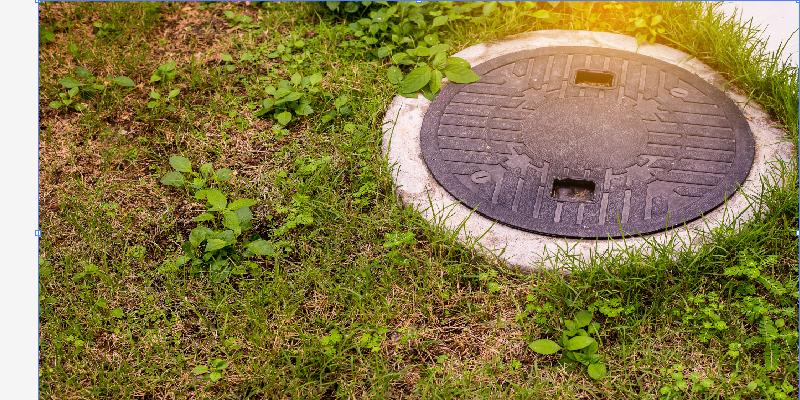This article is reprinted below with permission of CWSRF and the author. The District appreciates the recognition of its efforts to bring additional resources to our local land stewards.
Project spotlight
By Jennifer Kenny, Oregon DEQ
Clackamas Soil and Water Conservation District
Clackamas Soil and Water Conservation District provides technical assistance to private landowners for the conservation of natural resources. To further its mission, they created the Conservation Loan program using district funds and financing from the CWSRF’s Local Community Loan. The program assists private landowners with the up-front costs of installing natural resource conservation practices and the purchase of farm equipment to benefit water quality.
Adding the loans to existing grant programs enables the district to provide a wider variety of funding options to meet landowner needs and increase the number of conservation projects. This approach creates opportunities that might not otherwise exist, according to Eann Rains, Conservation Investments Coordinator for the district. “Loans are a valuable tool in our toolbox,” she said. “They can make the difference between wishing and doing — for the landowner and for the district.”
Some examples of how the loan funds have been used include:
- Conversion from overhead irrigation to a drip system and irrigation water management practices on berry fields and hazelnut orchards.
- Riparian exclusion fencing to keep cattle from accessing a fish-bearing stream where they were trampling the bank.
- Efficient sprayer for use on wine grapes to reduce soil compaction, erosion and drift of chemicals.
- Repair of failing residential septic systems.
The district partners with the USDA Natural Resources Conservation Service, Clackamas County and other programs to inform property owners of financing opportunities. The program has made 28 loans so far, totaling $426,448.
How the Local Community Loan works
DEQ lends money at below-market rates to an eligible public agency. The agency then makes micro loans to private property owners for water quality projects. As the small loans are repaid, the public agency is able to pay back the original loan.
Is a Local Community Loan right for your community?
Rains says there are several factors to consider:
- Developing a new loan program may take a few years.
- If you have a board of directors, ensure they fully support the program.
- Identify district priorities re: addressing natural resources and assisting landowners.
- Identify potential risks associated with making loans, and ways to manage those risks.
- Develop a plan and a loan program structure before you begin making loans.
- Build relationships with every landowner you lend to.
- Encourage landowners to work with a conservation planner.
- Ensure district staff are comfortable with the loan program.
- Think about where a loan program might fit into your district’s budget structure, particularly if Oregon local budget law applies to your district.
- Seek legal counsel when needed.
Learn more about the District’s Septic System Repair Loan Program.
The work involved in applying for and managing the DEQ loan has been well worth it. DEQ staff have been really good to work with. – Eann Rains, Conservation Investments Coordinator, Clackamas SWCD
Want to learn more about CSWCD’s program?
Conservation practice loans with a water quality benefit, residential septic system repair loans, and conservation-related equipment purchase loans are available to qualified residents in Clackamas County. For more information contact Eann Rains, Conservation Investments Coordinator
erains@conservationdistrict.org
503-210-6005
Interested in a Local Community Loan? We can help!

